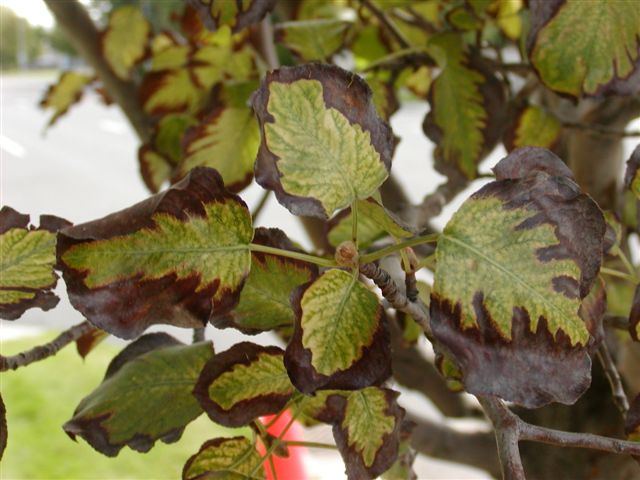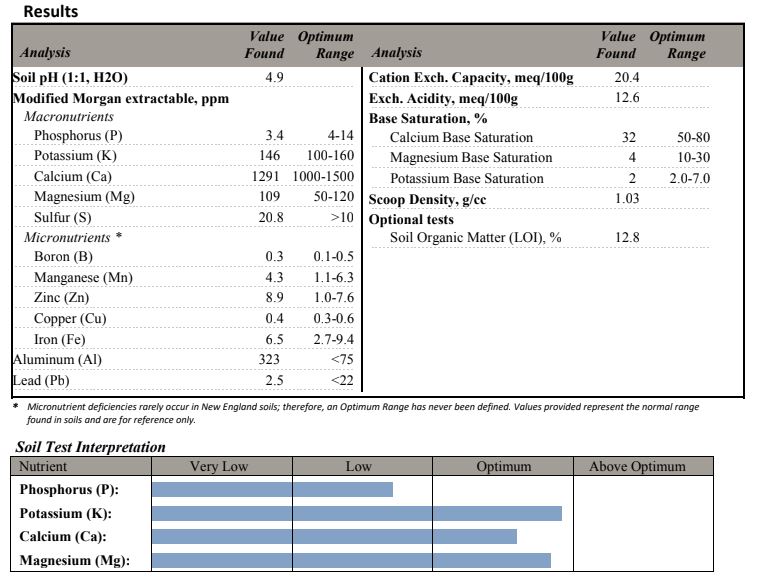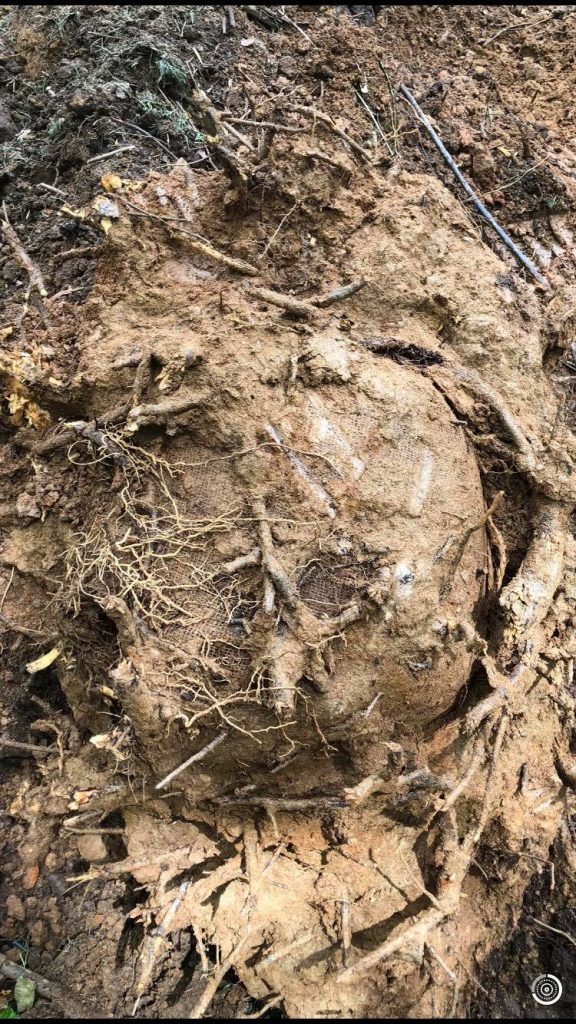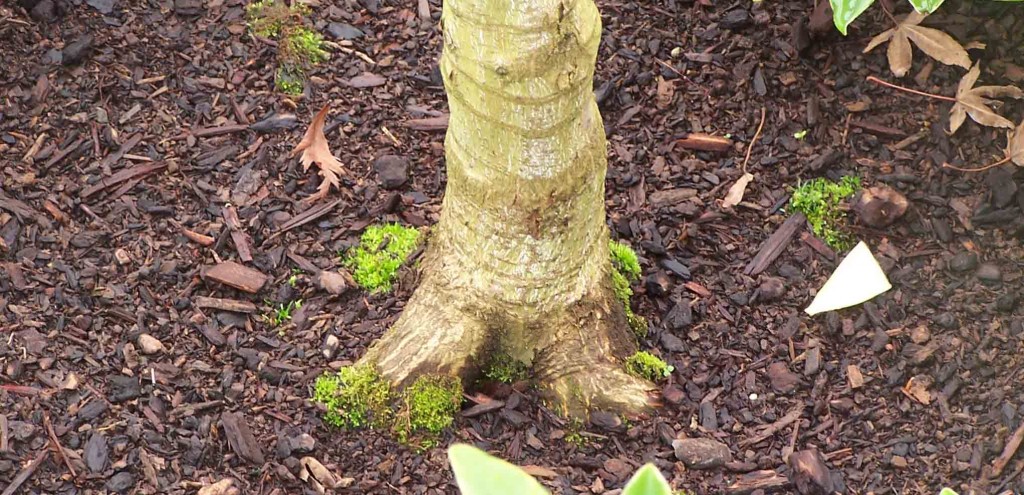
It’s the middle of summer, and maybe you’re wondering what’s wrong with your landscape tree (or shrub) that just doesn’t seem to be putting on the growth that you’d expect this time of year. Before you take any “corrective” action, let’s figure out what the problem might be. Here’s a short checklist that we will start with. (NOTE: This is just a start. You can go so many different directions once you have some specific concerns to explore.)

- Soil information. Have you had a soil test done in the last few years? If so, are there any nutrient toxicities indicated? Has the soil been significantly disturbed or modified in the last several years? Have you recently added any chemicals (fertilizers and pesticides, organic or otherwise) or amendments?
- Plant information. When was the plant installed? Was it in a container or in a burlapped rootball? If so, were all materials removed from the roots by root washing before planting?
- Planting information. Did you amend the soil (i.e., add anything to the backfill) prior to planting? If so, what did you add? Did you mulch it afterwards? If so, what is your mulch material? Did you ensure that your plant was set at grade in the landscape? (“Grade” means that the root flare is at the soil surface.) Did you water it in well and avoid compacting the soil? Are new plantings adequately irrigated during their first year in the landscape?
- Environmental information. Have there been unusual weather events between time of planting and now? Is there sufficient irrigation and drainage?
- Symptoms. What are you seeing that concerns you?

At least 95% of the landscape failure cases I’ve diagnosed over the last 20 years can be traced back to improper planting methods. You simply cannot pull a woody plant out of a pot and stick it in a hole. There are three major factors at play here to consider when rootballs are planted intact:

- The textural and structural differences between the soilless media around containerized roots (or the clay in a B&B rootball) and the soil in the landscape are significant enough that they will impair water, air, and root movement across the interface. This means roots have a difficult time establishing outside the planting hole.
- Any structural flaws in the root system created during improper potting-up at the production nursery, such as circling or J-hooked roots, are undetected and uncorrected. And these woody roots will stay in a death spiral after planting.
- If you cannot see the root flare of your plant, then you cannot plant at grade. Most trees and shrubs that are buried too deeply will generally fail to thrive and eventually will die.

If you’re like the majority of people who are seeing problems this time of year, you know that improper planting or severe soil disturbance is to blame. But now is not the time to fix it! You’ll need to wait until the fall, when the crown has gone dormant, to dig the plant up and take corrective action. (The “corrective action” has been discussed in this blog before; you can explore the archives or wait for an upcoming post).

What you want to do right now is keep your plant as healthy as possible by mulching with coarse wood chips (not bark) and supplying them with adequate water. You DO NOT want to prune them, because that just uses up stored resources as the plant then replaces pruned material with new shoots and leaves. You DO NOT want to add fertilizer, unless you know that you have a nutrient deficiency (which you can’t know unless you’ve had a soil test. And no, those cute little diagrams of what nutrient deficiencies look like in corn leaves are worthless. You’re not growing corn here.) And DO NOT add any pesticide of any sort, even if you see signs of insect or disease damage on the foliage. With few exceptions, pesticides are broad-spectrum and you will kill beneficial species as well as any possible pests. Opportunistic pests and disease attack stressed plants, and that’s why you are seeing them.

In the upcoming months, I’ll do some follow up case studies that can help you learn how to diagnosis problems. If you’re interesting in having your tree or shrub problem diagnosed and can supply sufficient information (as outlined above) and clear photos, leave a comment on this post and I’ll contact you.